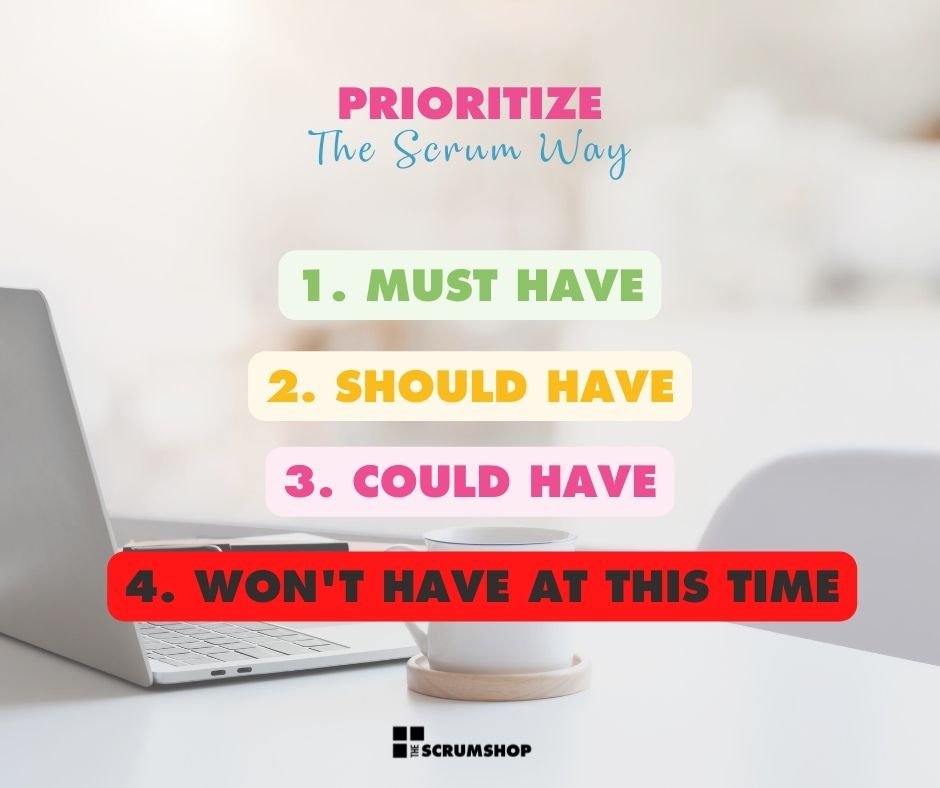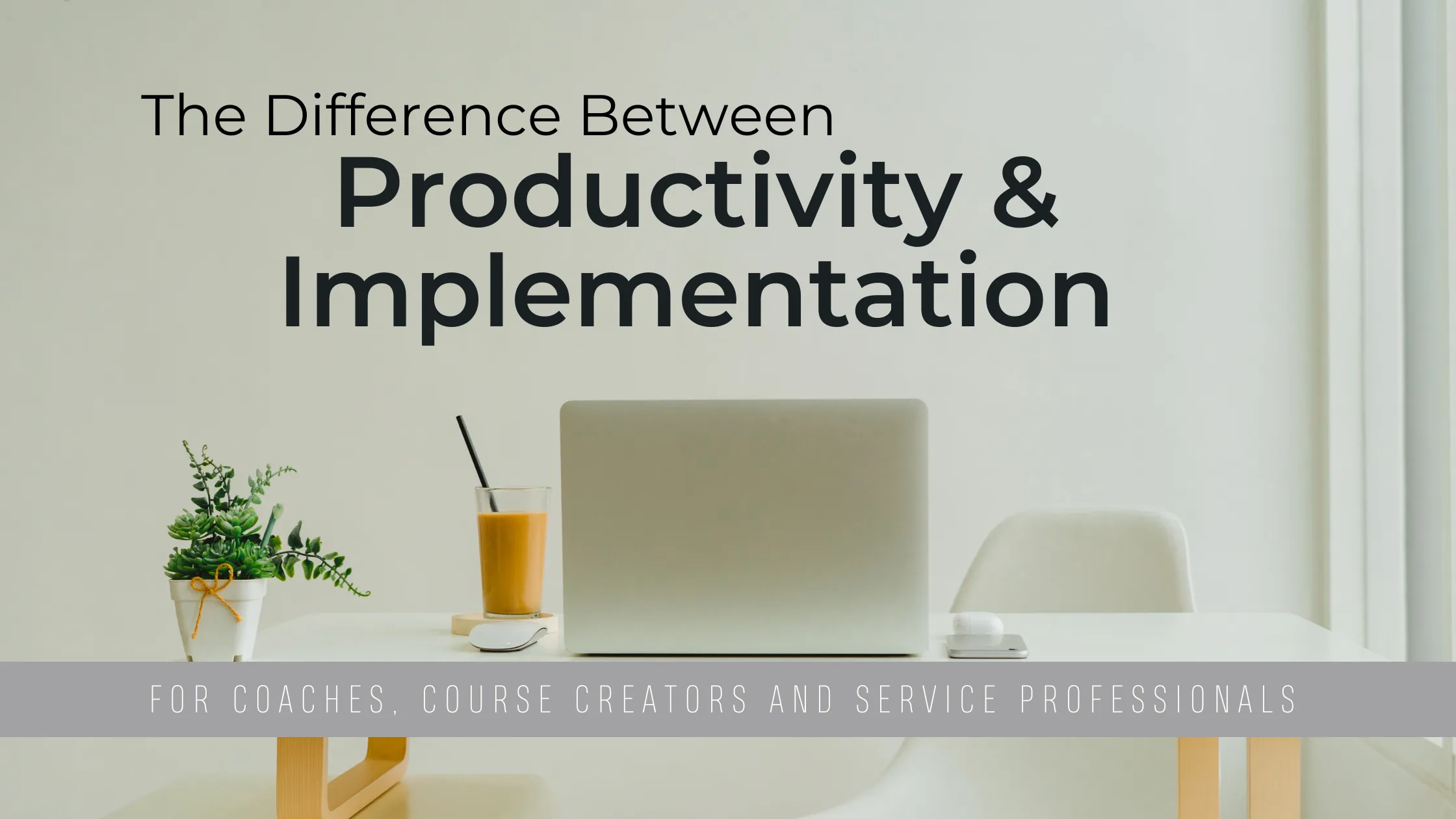How Successful Entrepreneurs use Project Management to Achieve their Goals
Project Management is not just for big businesses and IT shops. If you have more work than you can do in a week, you need a way to manage it all so you stay on track toward your goals.
In addition, if you experience feelings of overwhelm, implementing some project management practices can help you organize and stay focused on what is essential now. Read on to learn how successful entrepreneurs use project management to achieve their goals.
They Have a Plan That Contains S.M.A.R.T. Goals
A goal is not as simple as "I want to make 10K per month." It must be S.M.A.R.T. Meaning that it must be specific, measurable, achievable, realistic and time-bound.
How do you make these goals S.M.A.R.T. With projects.
Projects have a clear objective and a picture of what success looks like.

Projects layout what is required to be successful and itemize the necessary deliverables to achieve that goal Those deliverables are created with work. Furthermore, the work identified to develop the deliverables can be broken down into tasks. In project management, we call this a work-breakdown structure. This structure puts the deliverables in writing, so you don't forget anything.
Tasks are easy to implement. And for this reason, it is essential to take this top-down approach to break down your goals into daily tasks that work toward your goal. You will consistently make progress on your project, but you will also be able to balance project work with your other work, such as content creation, marketing and day-to-day operations.
“Not every project manager is an entrepreneur, but all entrepreneurs need to be project managers if they want their business to succeed.”
~Liquid Planner
They Have Projects Initiated That Will Make Those Goals Happen
Why do we want to identify project? Projects help you break down a goal into the components that are required. Remember those deliverables? It can be challenging to identify deliverables when everything is jumbled together.
But if you create projects, you can break large projects into smaller projects that collectively achieve the goal.
This breakdown allows you to focus your time and energy on one project at a time rather than trying to tackle it all at once which can lead to overwhelm and confusion or worst, the dreaded shiny-object-syndrome which can derail your efforts and lead you down a rabbit hole.

They Prioritize Their Projects Instead of Swimming in Them All
If you have more than one project, you will need to prioritize those projects so you don't have them all in front of you which can be overwhelming.
The following will influence the priority
- your business model - as a course creator, you may think you must create the course first, but you may want to prioritize building an audience on social media first.
- your strategy - your strategy will influence your priorities, similar to your business model.
- the size of each project - whether a project is large or small will affect how you prioritize them.
- your skillset - Some projects may require serious learning while others don't. You may choose to work on a project where you have the skills all while acquiring the skills for the next project.
- Scrum prioritization method - Use this method to determine which projects are a must-have, should-have, could-have and won't-have-at-this-time. A strategic plan is an annual plan and you may decide that one or more of your projects will have to be put off for a year. Make those must-haves top priority so you can move toward your goals more effectively.
They Determine a Timeline Based on Estimates, Scope and Schedule
Creating a timeline can help you set productivity goals, but being a good Scrummer means that a deadline is a loose constraint, because having a hard, arbitrary deadline can cause you to push too hard, work overtime and burn out, or worst, ignore the deadline because you know it is random and probably not realistic.

An arbitrary deadline is made up only to push yourself or your team to complete a project in a given period of time. There is no reason to enforce this deadline because there are no real consequences, just a desire to complete the project. Arbitrary deadlines can be problematic because they put unnecessary stress on the team and can decrease the quality of work. Worst yet, you know the deadline is arbitrary and you don't take it seriously.
A real deadline is based on estimates, scope and schedule. Once the work is broken down into tasks, it is easy to estimate how long each one will take. And using our time-management method, you can then look at your schedule to determine when you can work on tasks and what quality of time is required to-dos .
Learn more about our time-management system by clicking the image below to get your FREE guide.
When you have estimated all of your tasks, you can double-check your scope and prioritize all the tasks by the Scrum method; Must-Have, Should-Have, Could-Have and Won't-Have-at-This-Time.
Now that you have all your tasks prioritized and your scope defined at least loosely, you can look at your schedule and determine a timeline. This will provide you with a target date, not a hard deadline and it will be realistic!

They Apply the Good-Enough Principle
The good-enough principle helps you to embrace progress over perfection. This means that you understand that perfectionism isn't necessary, and I could argue isn't possible. So instead, we take the good-enough principle and get the work out there.
This allows us to get feedback, testimonials, and even revenue. The good-enough principle is your new best friend in the online world because it allows rapid development and keeps you from tangled up in your emotions.
“When you're working toward a long-term or ambitious goal it's important to break it down into small and manageable steps you can tackle every day. But while you're focusing on taking it one step at a time, you should make sure you are clear on what you are working toward.” ~ALYSSA GREGORY from her article 10 Easy Steps to Help Your Small Company Achieve Its Goals
They Have a Continuous Improvement Plan
After putting all this work into setting goals, determining the deliverables required to achieve the goals, initiating projects and completing them according to your priorities, a continuous improvement plan will formalize the process of evaluation and improvement.
Continuous improvement is one of the most freeing parts of the Scrum framework because it allows you to build just part of the whole, using the “good-enough” principle so you can complete the project in a timely manner, then use continuous improvement to collect data, measure your results, find opportunities to improve and repeat until your project is successful, meaning it has achieved the goal that you set to begin with.
The bottom line is that developing skills in project management is essential and whether you do it formally or informally, you and your business will benefit greatly. Additionally, you will provide a structure for your team as you grow, so they have a framework to lean on when things get busy.
Resources:









